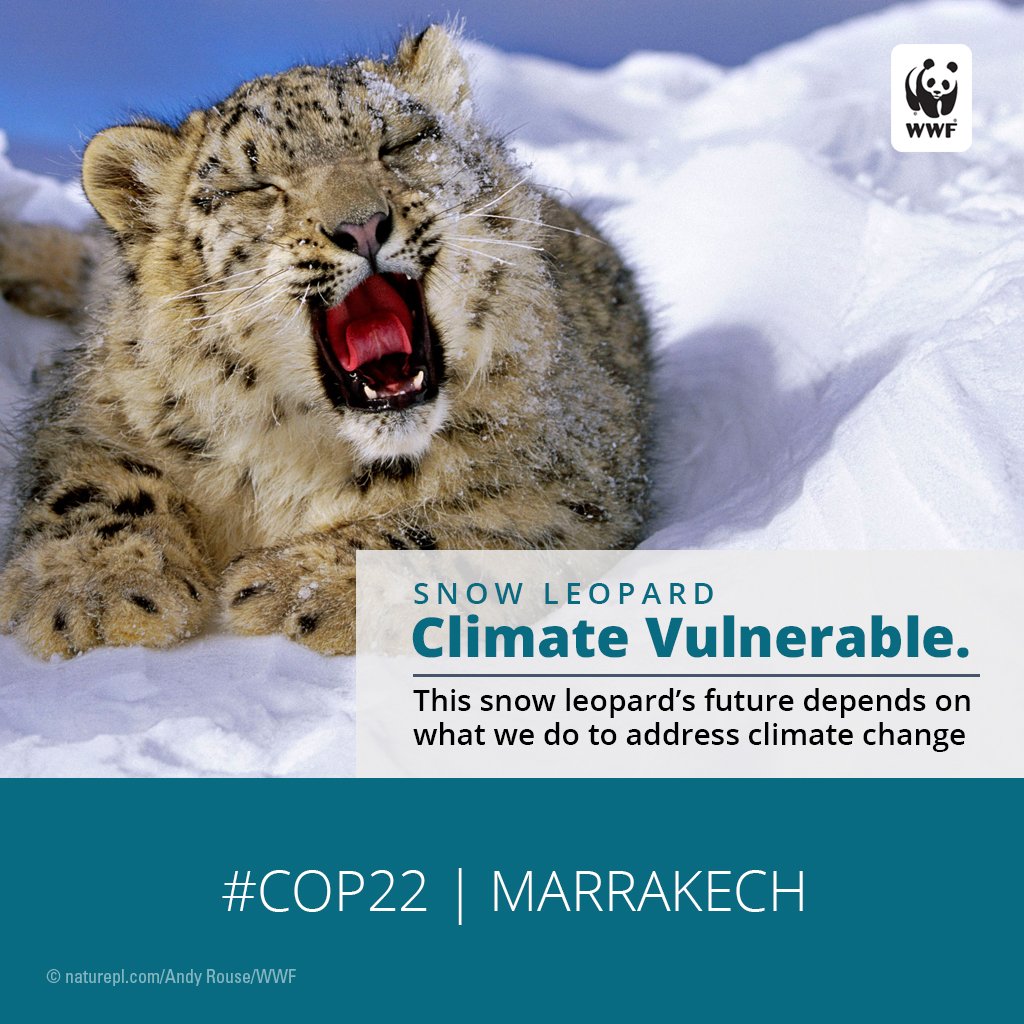

In 2001, the IPCC forecast that Earth would soon see “higher maximum temperatures, more hot days and heat waves” - causing increased mortality in “older age groups and the urban poor.” Two years later, Europe was hit by Extreme Summer 2003. “Because of our fossil-fuel burning, we are changing the climate,” says Sir John Houghton, former co-chairman of the Intergovernmental Panel on Climate Change, the United Nations scientific organization that is literally the world authority on global warming. Droughts are longer, torrents heavier, flooding more severe. It doesn’t just make the world hotter - it makes the weather more extreme. Man may well have been responsible for the heat itself. And not simply in the stifling medieval architecture of Paris, the dearth of air conditioners, the inadequate emergency response. In another moment in the world’s history, the massacre might have been chalked up to an “act of God.” But these deaths had man’s fingerprints all over them. Others - so weakened by a week and a half of extreme heat - died quietly in their apartments, announcing their passing only by the stench of their decay.

Some literally keeled over while walking up stairwells. Nights offered no relief: On the murderous eve of August 11th, even the low temperature hovered near 80. For ten freakish days last August, Paris became Death Valley, with temperatures surpassing 104 degrees.

The dead - as many as 15,000 in France alone, 30,000 in Europe at large - succumbed to something far more primordial. The victims did not perish in a chemical leak, a train bombing, a ricin attack.


 0 kommentar(er)
0 kommentar(er)
